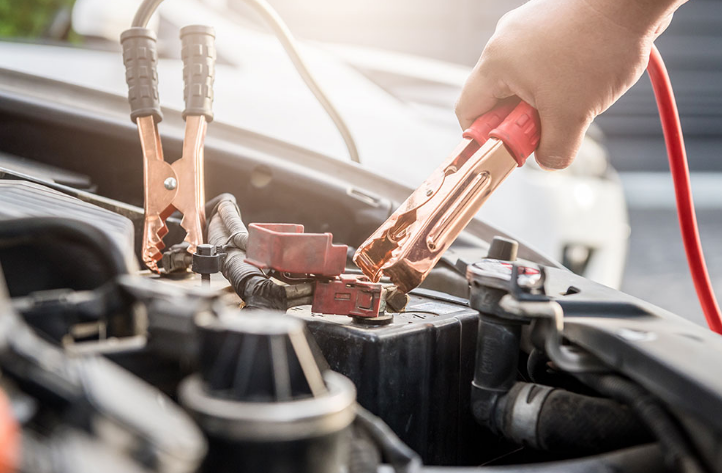Car Battery Problems: When is the Right Time to Change?

Lead-acid car batteries are made up of lead and lead dioxide plates submerged in an electrolyte solution of about 35 percent sulphuric acid and 65 percent water.
When the car engine starts, the battery discharges as it provides the necessary power to start the car. During this period, sulphuric acid in the electrolyte is depleted, leaving an electrolyte solution with a higher water proportion. Sulfate from the acid coats the plates, reducing the surface area on which the chemical reaction can happen. Charging reverses this chemical reaction by returning the sulfate to the acid solution.
The lead-acid battery is preferable in vehicles due to high power for its weight and low cost. This type of battery can provide the starter motor's high current to crank the car's engine.
The battery powers the engine. Once the engine is started, the car's battery is recharged via an engine-driven charging system called the alternator--- it takes energy from the motor's rotation via a belt drive to supply the charge current.
Corrosion occurs at the battery terminals and is a prevalent cause of a car that won't start. The corrosion, which often takes a white powder form (lead sulfate), adds resistance, reducing the electrical current to the vehicle.
It is essential to clean the terminals periodically. A simple wire brush and water can be used for this purpose. Ensure that you wear gloves and eye protection because if the acid comes in contact with the skin, it is inhaled or ingested can be dangerous.
Common Battery Issues
Here are a few common battery issues that can cause problems if ignored:
- Short-circuited cells: Due to separator failure between two plates.
- Sulfation: After a long period of disuse in a no-charge state.
- Corrosion at the positive or negative terminals.
- Broken internal connections due to corrosion.
- Broken plates due to vibration and corrosion
- The battery case is damaged
- Low electrolyte levels.
When Should I get a New Battery?
You should change your battery pack if you notice:
Slow Engine Crank
When you start your vehicle, the engine's cranking is sluggish and takes longer than usual to start.
Check Engine Light
The check engine light appears when your battery power is weak. Keep an eye out for the blink!
Low Battery Fluid Level
Keep an eye on your battery's fluid level; it should not fall below the lead plates (energy conductor) inside. If it does, it's time to have the battery and charging system tested.
Swelling, Bloating Battery Case
If your battery is bloated or is swollen, it may be due to excessive heat, which decreases your battery life.
Battery Leak
Leaking causes corrosion around the terminals and posts, which is why the gunk needs to be removed; otherwise, your car may not start.
Old Age
A car battery can last beyond three years but, at the very least, have its current condition inspected when it reaches the three-year mark.
Find out more about your car health by visiting us at LeSueur Car Company.
Keep Moving!